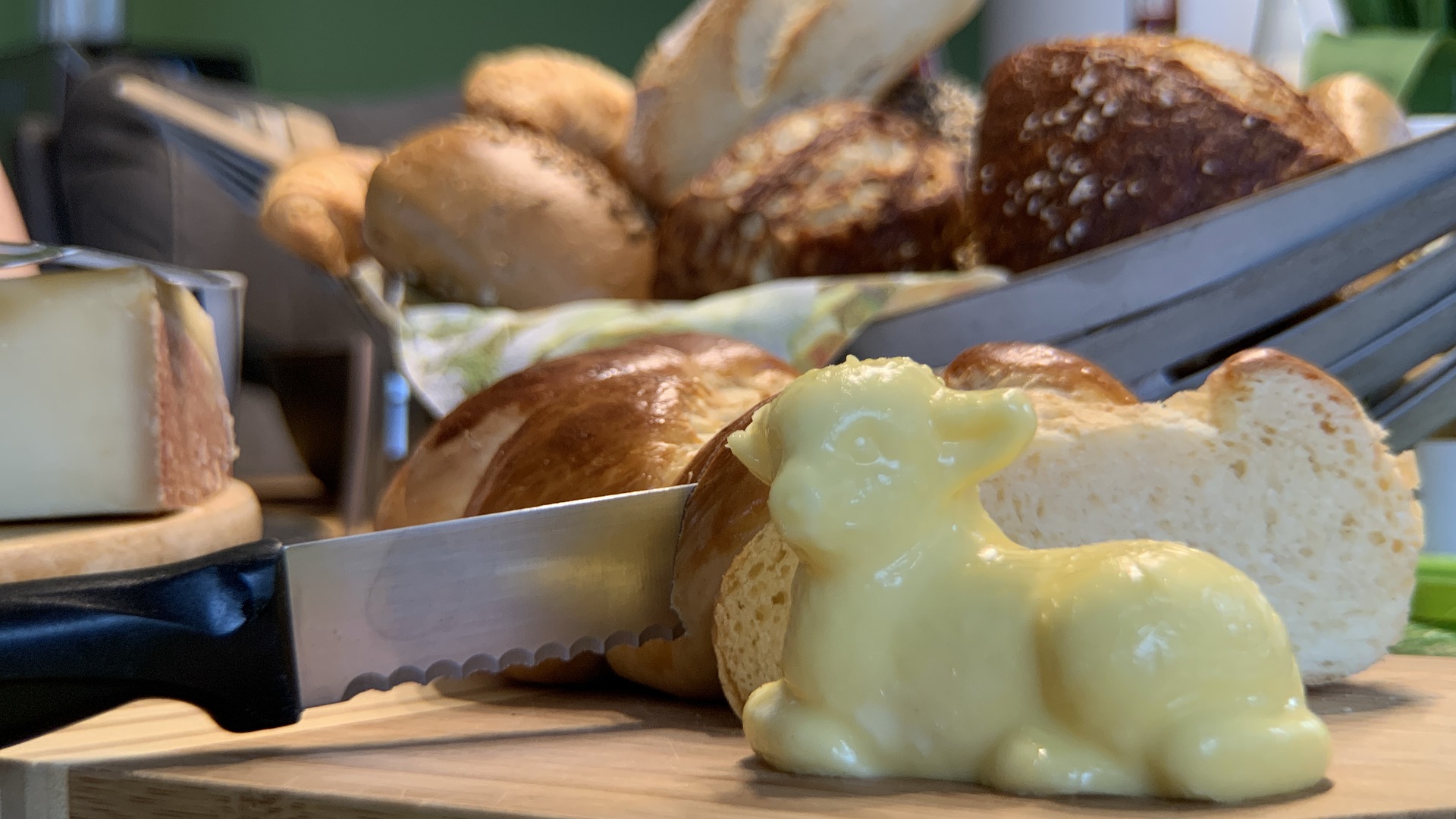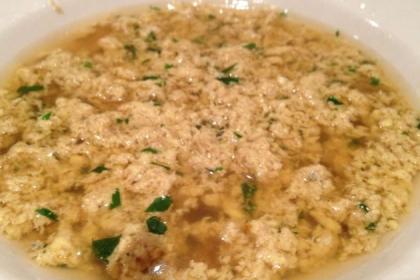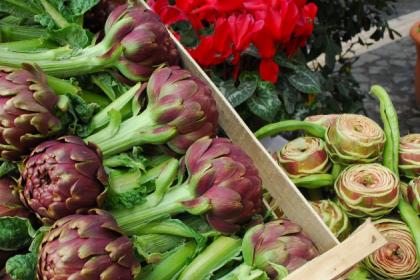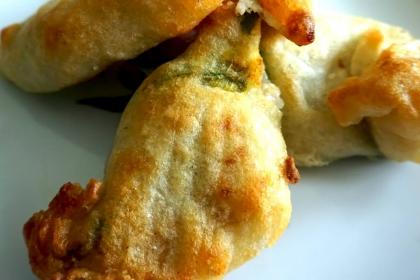
Easter, the main holiday of Christianity, celebrates the resurrection of Jesus Christ and originates from the ancient "Pesach", the Jewish Passover, which means "to pass" or "passage." Easter Monday is commonly called "Pasquetta" and was introduced in Italy only after World War II to prolong the Easter holidays.
The event does not occur on a fixed day, but after the spring equinox, on the Sunday following the first full moon. Although the anniversary varies from year to year, the traditional Roman breakfast is a fundamental appointment.
As on every big occasion, the table is fully set, a prelude to a delicious and abundant meal. Many sweet and savory dishes, to be enjoyed without following a precise order but only letting yourself be guided by the flavors and aromas of the Capitoline gastronomy.
Let's warm up with the "squajo", a drink made from bitter cocoa and sugar, dissolved in hot milk, with the addition of whipped cream for the sweet tooth!
The absolute protagonists are the hard-boiled eggs, often decorated, to eat with the Roman corallina, a dark red salami, the "pizza sbattuta" (soft beaten pizza), a dessert reminiscent of sponge cake, which goes well with the delicious chocolate eggs so loved by the little ones.
Let's move on to actual courses, such as the rich "frittata con i carciofi" (omelette with artichokes), the seasonal "mammole" variety, the principal vegetable of Roman cuisine, present in an inevitable dish on the tables of the faithful of tradition: the "coratella con i carciofi" (offal with artichokes), made with lamb entrails.
Unmissable is the Easter symbol cake, the delicious "colomba" (dove), covered with crunchy almonds, icing, and sugar crystals.
Traditional Easter flavours

Dolci tradizionali, uova, sode ed al cioccolato e carni di agnello
Artichoke My Love

Il principe "verde" della cucina romana
Food trail












































